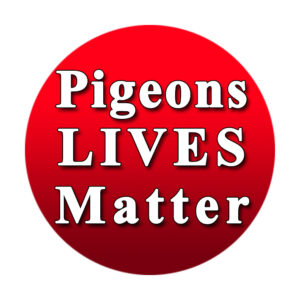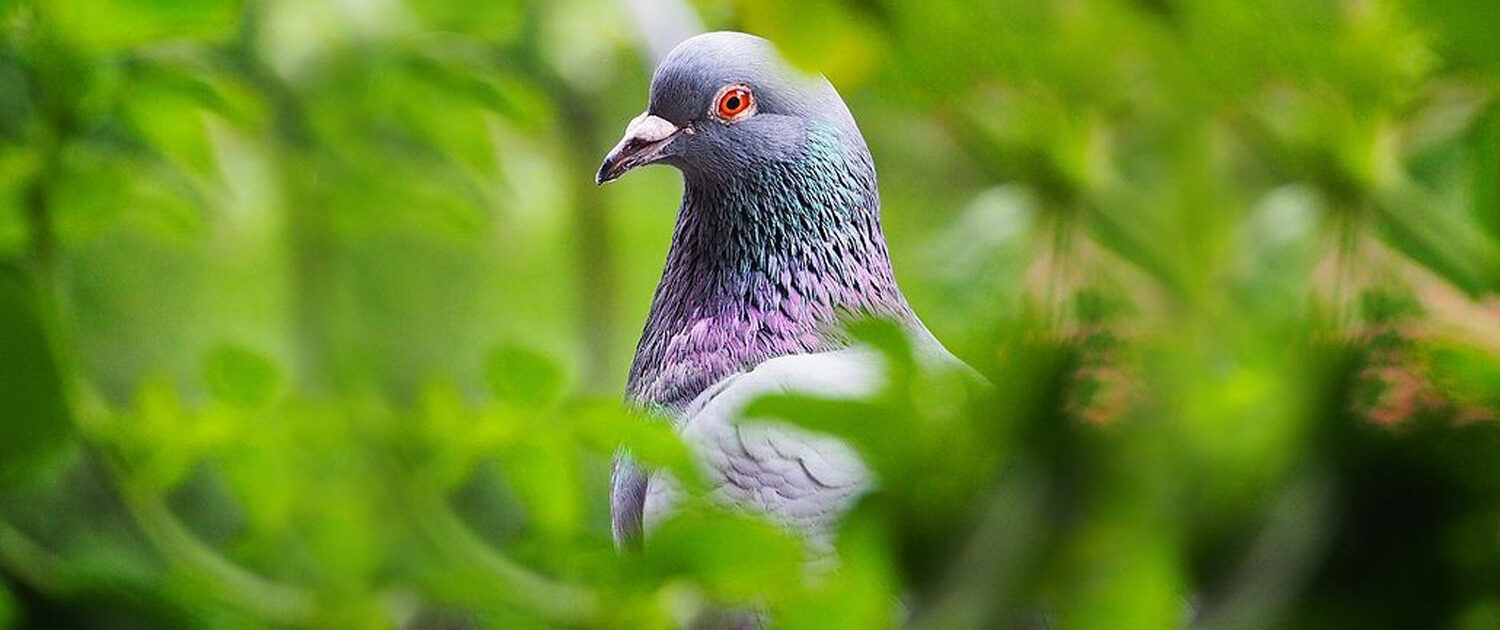Do diseases from pigeons really pose a threat to human health?
A study comes to contrary results!
“About a number of pathogens and parasites in pigeons that pose a danger to humans, because they can be transmitted from pigeons to humans.” It is claimed on the websites of companies that offer their services in pigeon removal and professional pigeon droppings cleaning.
A study has now questioned diseases and parasites with regard to the actual risk of transmission from pigeons to humans. The result of the study does not come as much of a surprise to those who deal with their fellow creatures with a clear head: We don’t have to be afraid of pigeons! They do not harm us! The veterinary surgeon Jens Hübel from Leipzig draws the conclusion from the result of the investigation: “THE REPRESENTATION ON THE HOMEPAGE OF PEST CONTROLLERS ARE TO BE REGARDED AS COMPLETELY EXAGGERATED. The panic is stirred up and suggested to the readers by misinformation that pigeons would transfer a multiplicity at life-threatening illnesses.”

